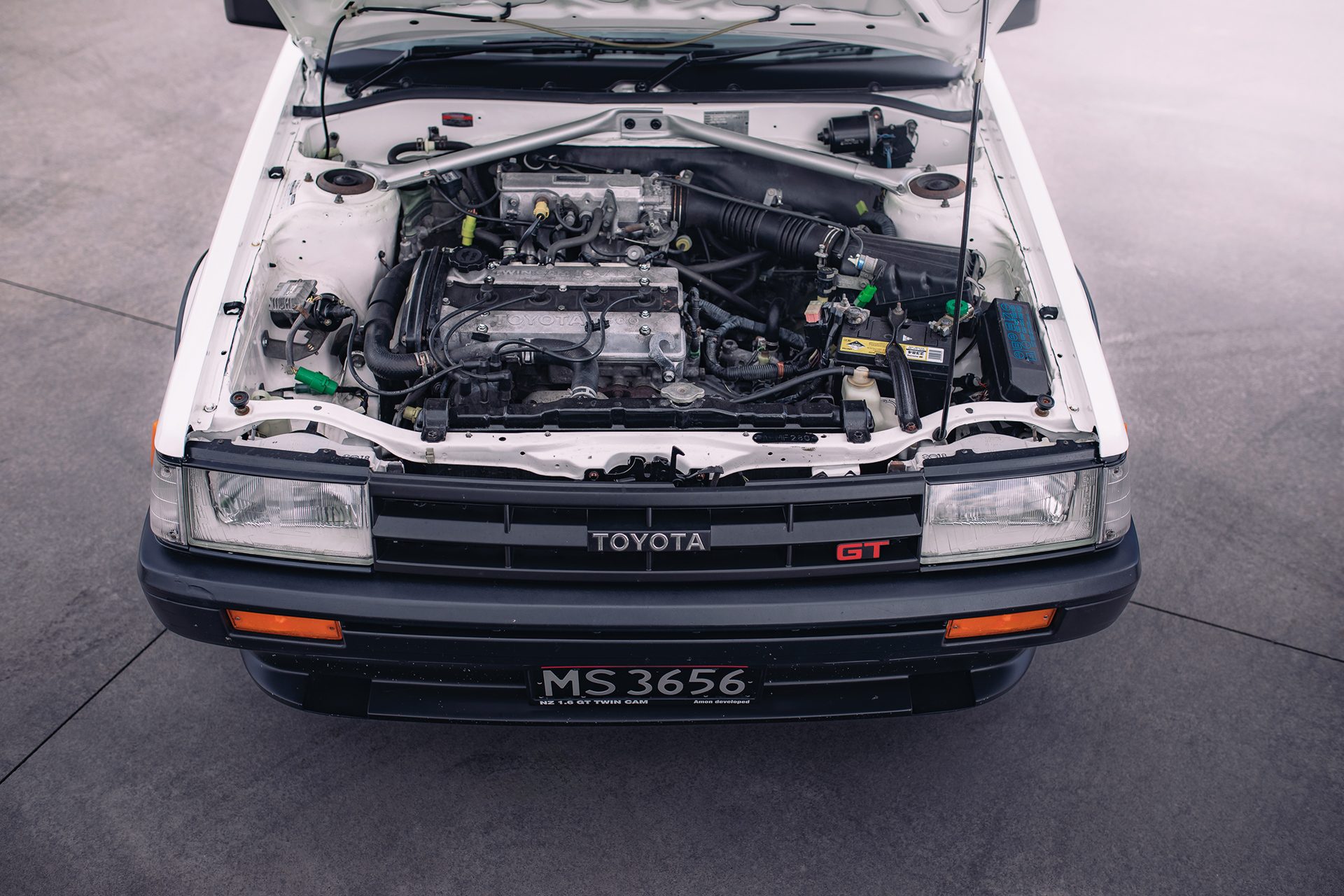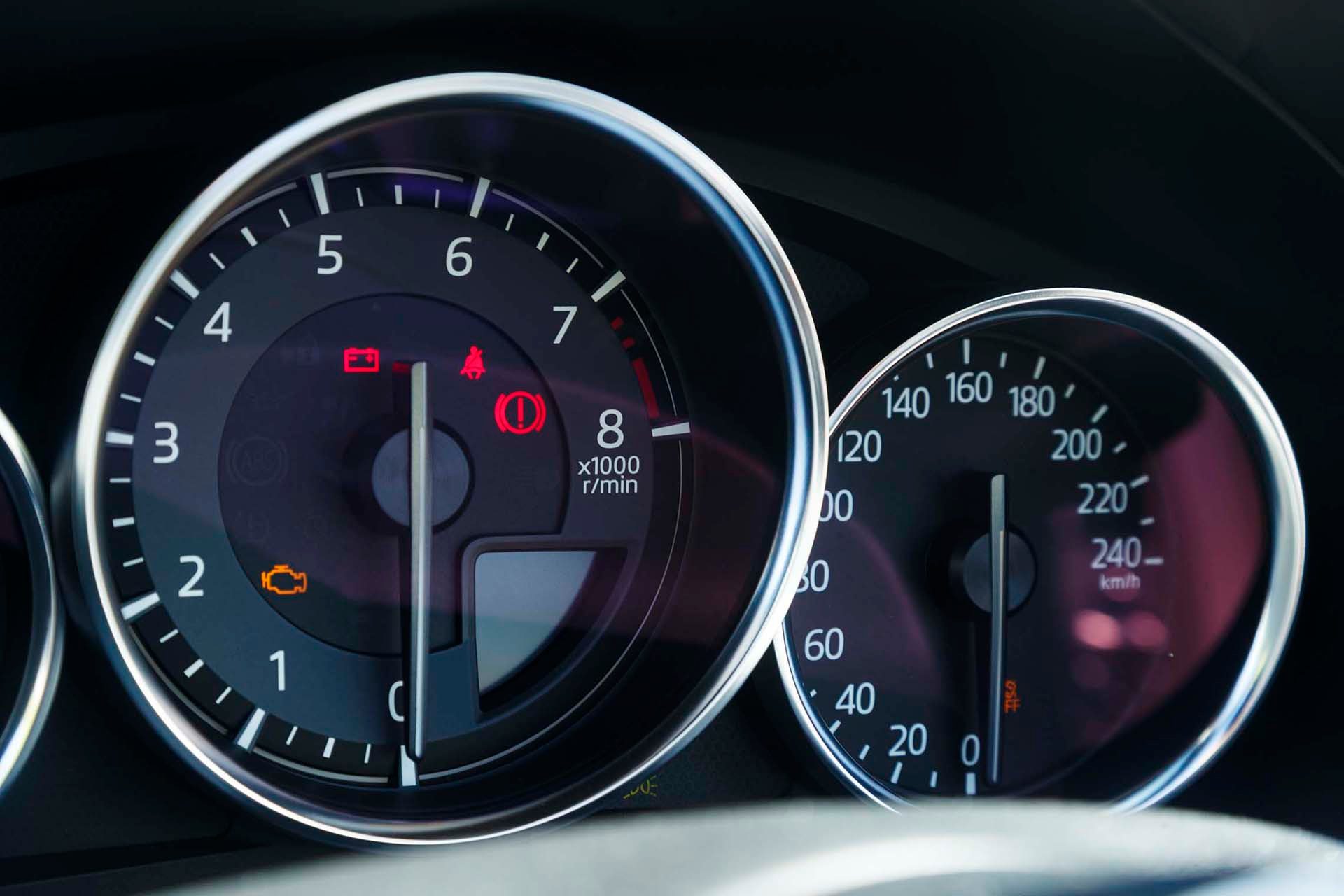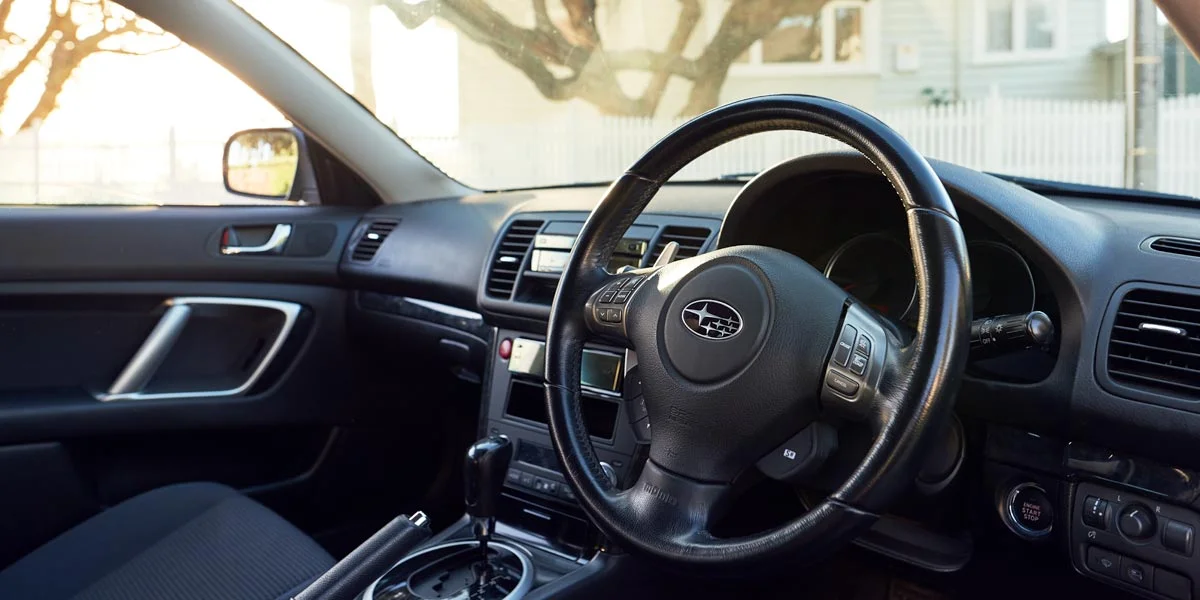Feature article
Under the Bonnet Basics: Your essential guide to how your car works
No-jargon guide to car basics! Learn the 4 core systems to spot issues and talk to your mechanic with confidence.

For a lot of Kiwis, looking under the bonnet is like peering into the unknown. What do all those wires, hoses and mysterious reservoirs do? You know they are all parts of the engine, but how they all work together to make the car go remains a big mystery.
The good news? You don’t need to be a grease-stained guru to understand how your car works. Knowing the basics helps you spot problems early and talk to your mechanic with confidence if something does go wrong. Think of this guide as your no-jargon, straight-up walk-through of what’s happening under there — and what to do when something sounds (or smells) off.
From Mystery Machine to Mate
Every car (well, those with an engine rather than a battery-powered motor) relies on four core systems:
- The Go System (Power)
- The Gear System (Movement)
- The Stop & Steer Systems (Control)
- The Everyday Checks (Maintenance)
Get familiar with these and you’ll go from “no idea” to “no worries” the next time a warning light flickers on.
Section 1: The Go System – Getting Power
This is where the magic (and the motion) begins.
1. The Engine – The heart of the car
Think of your engine as your car’s heart. Inside, tiny, controlled explosions happen every second, converting fuel and air into motion. That’s what turns your wheels.
What to watch for:
- ·Knocking or ticking noises – something’s off inside the engine.
- ·Smoke from the exhaust – blue means oil burning, black means too much fuel.
- ·Loss of power or rough running – could be a misfire or sensor fault.
- Check Engine Light – don’t ignore it! It’s your car’s way of saying, “Hey, I need a check-up.”
2. The Fuel System – Your car’s food delivery service
Fuel is pumped from the gas tank through lines and filters to your engine, where it’s sprayed into the cylinders. It is mixed with air and ignited by the sparkplug to make that controlled explosion happen.
What to watch for:
- ·Hard starting or spluttering – might mean a clogged fuel filter.
- ·Jerky acceleration or rough idling – the injectors could need cleaning.
Keep your fuel tank above a quarter full; running low can suck up sediment and damage components.
3. The Battery – The spark starter
The battery gives your car the jolt it needs to wake up by powering the starter motor, which gets your engine cranking initially. It also powers your lights, radio, and electronics when the engine’s off. And it recharges as you drive.
What to watch for:
- ·Slow engine cranking or a clicking sound when starting.
- ·Dim headlights or flickering interior lights.
- ·Corrosion around the battery terminals (a white crusty build-up).
If your car needs a jump start more than once, it’s time for a new battery, they usually last around four to five years.
Section 2: The gear system – sending power
Once your engine makes power, your transmission, differential(s) and axles help send it to the wheels, turning combustion into motion.
1. The Transmission – The Gearbox Guru
The transmission is like your car’s messenger, translating engine power into usable speed. Think of it like a bike’s gears: lower gears help you get moving, higher gears keep you cruising efficiently.
What to watch for:
- ·Jerky or delayed gear changes.
- ·Whining noises when accelerating.
- ·Transmission warning light on the dash.
Automatic or manual, smooth shifting is key. A red flag? Transmission fluid leaks, they’re pink or reddish and smell a bit burnt.
2. The drive axles and shafts – power to the pavement
These parts are the final link, physically turning your wheels.
What to watch for:
- ·Clicking or popping sounds when turning a corner.
- ·Vibrations under acceleration.
Those signs can point to worn CV joints or drive shafts, best left to a mechanic, but easy to catch early if you’re paying attention.
Section 3: The stopping & steering systems
It’s not just about going fast; it’s about staying in control.
1. The brakes – your best friend when you need to stop
Brakes work by using fluid pressure to squeeze pads against spinning discs, turning momentum into heat and stopping power.
What to watch for:
- ·Squealing or grinding when using the brakes – worn pads.
- ·Soft or “spongey” pedal – possible air or fluid leak.
- ·Brake warning light – stop driving and get it checked.
Never ignore a change in how your brakes feel, it’s your most critical safety system.
2. Steering & Suspension – comfort meets control
These systems keep your wheels pointing the right way and your ride smooth. The suspension absorbs bumps; the steering ensures you stay in your lane.
What to watch for:
- ·Uneven tyre wear – could mean alignment issues.
- ·Car pulling to one side.
- ·Clunking sounds over bumps.
- ·A bouncy ride – worn shock absorbers.
Healthy suspension and steering make for safe, comfortable driving and save your tyres from premature wear.
Section 4: Basic checks you can do yourself
Even if you never pick up a wrench, these simple checks can save you hundreds.
Checking your engine oil
- Park on level ground and let the engine cool.
- Pull out the dipstick, wipe it, reinsert, and check the level between the “Low” and “Full” marks.
- Top up with the correct oil if needed (check your manual). Tip: Oil should be golden or amber, not black and gritty.
Checking your washer fluid
If your windscreen spray sputters, top up the washer reservoir with clean water and a dash of detergent. Never use engine coolant or other fluids.
Checking coolant levels
Look for the plastic coolant reservoir, usually translucent with “Min” and “Max” markings. The fluid should sit between those lines.
Never open the radiator cap while the engine is hot — you can get seriously burned.
Checking your lights – be seen and safe
Once a month, flick your lights on and walk around your car. Check:
- ·Headlights (high and low beam)
- ·Indicators and brake lights
- ·Tail lights and number plate lights
Get a mate to help with the brake lights.
Empowerment through knowledge
Cars might seem complicated, but at their core, they’re logical machines. Understanding the basics turns confusion into confidence, and can save you big bucks down the road.
A knocking sound or dashboard light doesn’t have to send you into panic mode. You now know what’s likely behind it, what you can safely check yourself, and when it’s time to call the pros.
So pop your bonnet this weekend. Find your battery, dipstick, and coolant reservoir. You’ll be surprised how quickly the mystery fades. And if you’re ready for a new set of wheels, maybe something that’s been well cared for and comes with a full service history, you’ll find plenty of reliable options waiting on Trade Me Motors.
Author
Other articles you might like







